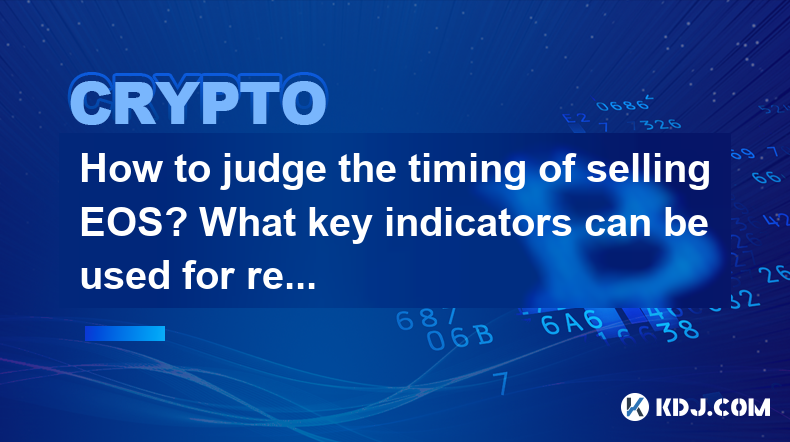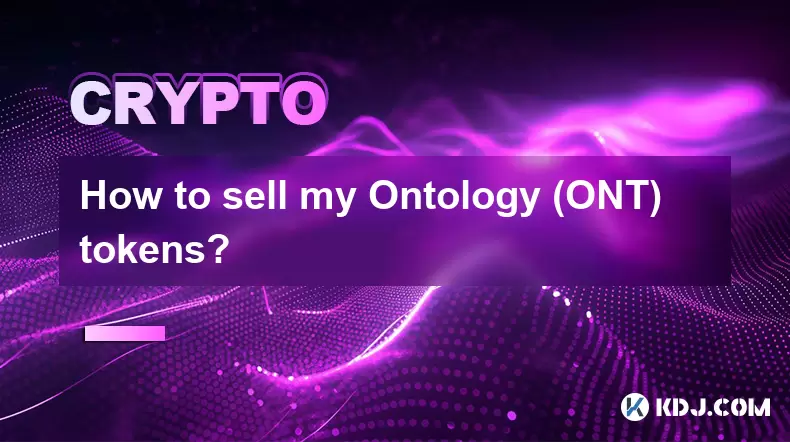-
 Bitcoin
Bitcoin $116900
0.00% -
 Ethereum
Ethereum $4280
5.48% -
 XRP
XRP $3.265
-1.45% -
 Tether USDt
Tether USDt $1.000
-0.01% -
 BNB
BNB $807.0
1.41% -
 Solana
Solana $183.1
2.93% -
 USDC
USDC $0.9999
0.00% -
 Dogecoin
Dogecoin $0.2440
6.50% -
 TRON
TRON $0.3357
-0.88% -
 Cardano
Cardano $0.8178
2.63% -
 Hyperliquid
Hyperliquid $44.13
7.45% -
 Chainlink
Chainlink $21.39
9.09% -
 Stellar
Stellar $0.4524
-0.84% -
 Sui
Sui $3.957
2.13% -
 Bitcoin Cash
Bitcoin Cash $572.7
-2.54% -
 Hedera
Hedera $0.2671
1.54% -
 Avalanche
Avalanche $24.77
4.17% -
 Ethena USDe
Ethena USDe $1.001
0.02% -
 Litecoin
Litecoin $122.3
-1.94% -
 Toncoin
Toncoin $3.432
2.26% -
 UNUS SED LEO
UNUS SED LEO $9.007
0.49% -
 Shiba Inu
Shiba Inu $0.00001396
5.26% -
 Uniswap
Uniswap $11.09
1.64% -
 Polkadot
Polkadot $4.155
4.57% -
 Dai
Dai $1.000
0.00% -
 Pepe
Pepe $0.00001253
5.11% -
 Cronos
Cronos $0.1588
2.67% -
 Bitget Token
Bitget Token $4.512
0.05% -
 Monero
Monero $275.0
0.64% -
 Ethena
Ethena $0.7527
15.10%
How to judge the timing of selling EOS? What key indicators can be used for reference?
Use moving averages, RSI, and Bollinger Bands for technical analysis, and monitor development updates and market sentiment for fundamental insights when deciding to sell EOS.
May 06, 2025 at 01:35 pm

How to Judge the Timing of Selling EOS? What Key Indicators Can Be Used for Reference?
Understanding when to sell EOS, a popular cryptocurrency, is crucial for maximizing returns and minimizing losses. This article delves into various methods and key indicators that can help you make informed decisions about when to sell your EOS holdings.
Technical Analysis Indicators
Technical analysis is a widely used method for determining the right time to sell EOS. It involves studying historical price data and market statistics to identify patterns and trends. Here are some key technical indicators to consider:
Moving Averages (MA): Moving averages help smooth out price data to identify the direction of the trend. The 50-day and 200-day moving averages are particularly useful. When the shorter-term MA crosses below the longer-term MA, it can signal a potential sell-off. This is known as a death cross.
Relative Strength Index (RSI): The RSI measures the speed and change of price movements. An RSI above 70 indicates that EOS might be overbought, suggesting a possible sell signal. Conversely, an RSI below 30 suggests it may be oversold, which might not be the best time to sell.
Bollinger Bands: These bands consist of a middle band being a simple moving average, with an upper and lower band calculated based on standard deviations. When the price of EOS touches or crosses the upper Bollinger Band, it might be a signal to sell, as it could indicate the asset is overbought.
Fundamental Analysis Indicators
Fundamental analysis focuses on the underlying factors that affect the value of EOS. This includes assessing the project's development progress, partnerships, and overall market sentiment. Here are some fundamental indicators to keep an eye on:
Development Updates: Regular updates from the EOS team on their official channels can provide insights into the project's progress. Positive development news can boost the price, while delays or negative updates might suggest a good time to sell.
Partnerships and Adoption: Announcements of new partnerships or increased adoption of EOS in real-world applications can significantly impact its value. If there's a lack of such developments or if existing partnerships fall through, it might be wise to consider selling.
Market Sentiment: The overall sentiment in the cryptocurrency market can greatly influence EOS's price. Tools like social media sentiment analysis and cryptocurrency fear and greed index can help gauge whether the market is bullish or bearish on EOS.
Market Trends and Patterns
Understanding broader market trends and patterns can also provide valuable insights into when to sell EOS. Here are some aspects to consider:
Crypto Market Cycles: The cryptocurrency market often goes through cycles of bull and bear markets. Recognizing where EOS stands within these cycles can help you decide when to sell. If you notice that the market is reaching the peak of a bull run, it might be a good time to take profits.
Volume Analysis: High trading volumes can indicate strong interest in EOS, but a sudden drop in volume might suggest waning interest, which could be a sell signal. Monitoring volume alongside price movements can provide a clearer picture of market dynamics.
Price Patterns: Chart patterns such as head and shoulders, double tops, and descending triangles can signal potential downtrends. If you spot these patterns forming on EOS's price chart, it might be time to consider selling.
Personal Financial Goals and Risk Tolerance
Your personal financial goals and risk tolerance should also play a significant role in deciding when to sell EOS. Here’s how to factor these in:
Profit Targets: Setting clear profit targets can help you sell EOS at the right time. If EOS reaches your predetermined profit level, consider selling to lock in gains.
Stop-Loss Orders: Implementing stop-loss orders can protect your investment from significant losses. If the price of EOS drops to your stop-loss level, the order will automatically sell your holdings, helping you manage risk.
Portfolio Rebalancing: Regularly rebalancing your cryptocurrency portfolio can help maintain your desired asset allocation. If EOS's proportion in your portfolio becomes too large, selling some of it to rebalance might be necessary.
Using a Combination of Indicators
For the most effective decision-making, it's often best to use a combination of the above indicators. Here’s how you can integrate them:
Cross-Validation: Use technical indicators like moving averages and RSI in conjunction with fundamental analysis. If both suggest a sell signal, it strengthens the case for selling.
Risk Management: Combine market trend analysis with your personal risk tolerance. If the market shows signs of a downturn and you're nearing your risk threshold, it might be time to sell.
Continuous Monitoring: Keep an eye on all relevant indicators continuously. The cryptocurrency market can be highly volatile, and staying informed can help you make timely decisions.
Frequently Asked Questions
Q: Can I use the same indicators for other cryptocurrencies like Bitcoin or Ethereum?
A: Yes, many of the technical and fundamental indicators mentioned can be applied to other cryptocurrencies. However, each cryptocurrency has its unique characteristics, so it's important to adjust your analysis accordingly.
Q: How often should I check these indicators?
A: The frequency of checking indicators depends on your trading strategy. For long-term investors, weekly or monthly checks might suffice. For day traders, monitoring indicators multiple times a day is necessary.
Q: Is it possible to automate the selling process based on these indicators?
A: Yes, it is possible to use trading bots and algorithms to automate selling based on specific indicators. However, ensure that you thoroughly test and understand the bot's settings to avoid unexpected outcomes.
Q: Should I consider tax implications when deciding to sell EOS?
A: Absolutely. Tax laws regarding cryptocurrencies vary by jurisdiction, and selling EOS might trigger capital gains tax. It's advisable to consult with a tax professional to understand the implications before making a decision.
Disclaimer:info@kdj.com
The information provided is not trading advice. kdj.com does not assume any responsibility for any investments made based on the information provided in this article. Cryptocurrencies are highly volatile and it is highly recommended that you invest with caution after thorough research!
If you believe that the content used on this website infringes your copyright, please contact us immediately (info@kdj.com) and we will delete it promptly.
- Trump, Nasdaq, and Token Treasury: WLFI's $1.5B Gambit
- 2025-08-10 06:50:12
- Trump, Nasdaq, and Token Treasury: WLFI's $1.5B Play
- 2025-08-10 06:30:11
- Coinbase, DEX Trading, and Base Network: A New Era for Crypto?
- 2025-08-10 06:30:11
- Block Inc., Bitcoin, and Mining Chips: Reshaping Digital Finance, New York Style
- 2025-08-10 06:50:12
- Stablecoin Surge Ignites Altcoin Investment Hunt: What's Hot Now?
- 2025-08-10 06:55:16
- Penny Crypto Dreams: Can XRP Reach $10,000? A Look at LILPEPE and the Meme Coin Mania
- 2025-08-10 04:50:11
Related knowledge

How to purchase Aragon (ANT)?
Aug 09,2025 at 11:56pm
Understanding Aragon (ANT) and Its PurposeAragon (ANT) is a decentralized governance token that powers the Aragon Network, a platform built on the Eth...

Where can I buy UMA (UMA)?
Aug 07,2025 at 06:42pm
Understanding UMA and Its Role in Decentralized FinanceUMA (Universal Market Access) is an Ethereum-based decentralized finance (DeFi) protocol design...

How to buy Storj (STORJ) tokens?
Aug 09,2025 at 07:28am
Understanding Storj (STORJ) and Its Role in Decentralized StorageStorj is a decentralized cloud storage platform that leverages blockchain technology ...

What is the best app to buy Nano (NANO)?
Aug 09,2025 at 03:35am
Understanding Nano (NANO) and Its Unique FeaturesNano is a feeless, instant cryptocurrency designed for fast peer-to-peer transactions. Unlike many ot...

Where can I purchase Siacoin (SC)?
Aug 08,2025 at 11:14am
Understanding Siacoin (SC) and Its Role in the Sia NetworkSiacoin (SC) is the native cryptocurrency of the Sia decentralized cloud storage platform, a...

How to sell my Ontology (ONT) tokens?
Aug 09,2025 at 06:08pm
Understanding Ontology (ONT) and Its Trading EcosystemBefore selling your Ontology (ONT) tokens, it's essential to understand the nature of the crypto...

How to purchase Aragon (ANT)?
Aug 09,2025 at 11:56pm
Understanding Aragon (ANT) and Its PurposeAragon (ANT) is a decentralized governance token that powers the Aragon Network, a platform built on the Eth...

Where can I buy UMA (UMA)?
Aug 07,2025 at 06:42pm
Understanding UMA and Its Role in Decentralized FinanceUMA (Universal Market Access) is an Ethereum-based decentralized finance (DeFi) protocol design...

How to buy Storj (STORJ) tokens?
Aug 09,2025 at 07:28am
Understanding Storj (STORJ) and Its Role in Decentralized StorageStorj is a decentralized cloud storage platform that leverages blockchain technology ...

What is the best app to buy Nano (NANO)?
Aug 09,2025 at 03:35am
Understanding Nano (NANO) and Its Unique FeaturesNano is a feeless, instant cryptocurrency designed for fast peer-to-peer transactions. Unlike many ot...

Where can I purchase Siacoin (SC)?
Aug 08,2025 at 11:14am
Understanding Siacoin (SC) and Its Role in the Sia NetworkSiacoin (SC) is the native cryptocurrency of the Sia decentralized cloud storage platform, a...

How to sell my Ontology (ONT) tokens?
Aug 09,2025 at 06:08pm
Understanding Ontology (ONT) and Its Trading EcosystemBefore selling your Ontology (ONT) tokens, it's essential to understand the nature of the crypto...
See all articles

























































































